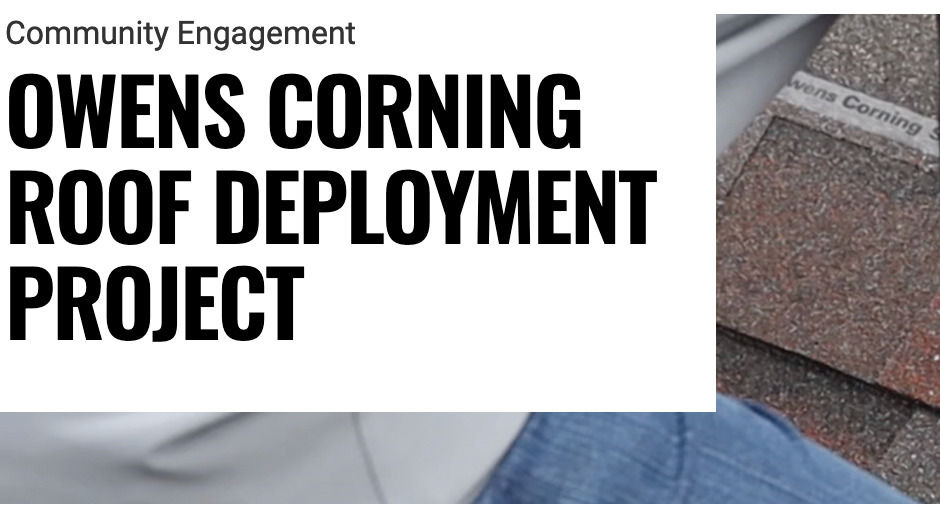Crane Army engineers deliver hands-on lessons in STEM to local students
- Bedford Online

- Sep 20, 2023
- 4 min read

CRANE, Ind. – Today’s elementary school students have technology at their fingertips. Smartphones, computers and tablets can give them instant access to information and make learning fun. But the rapidly changing technology can also be overwhelming and confusing. Students need the skills to solve problems, research, evaluate and interpret information and make decisions. All this can be accomplished through STEM subjects—science, technology, engineering and math.
At Crane Army Ammunition Activity, dozens of jobs require STEM degrees and knowledge in those subjects. Recently, Lauren Shipman, CAAA Civil Engineer, visited sixth-grade students at Throop Elementary School in Paoli, Ind. to discuss her work and how STEM helped develop her career.

“It’s important to get these ages thinking about STEM because it can create an excitement around those types of career fields for students interested in that and allows them to choose STEM-related electives when they get into high school,” Lauren said, emphasizing that she has discussed engineering to students as young as kindergarten.
She said the key is knowing her audience and their interests, whatever the age group. For example, when she met with kindergartners, she led an activity where the children designed a new playground.
“We allowed them to use their creativity for the features their playground would have, but also taught them basic engineering drawings,” Lauren said. These drawings incorporated aerial views so the children would learn to see things from a bird’s perspective. “This activity was a lighter version of what I do here at Crane to plan modernization across the installation, but on a smaller, more age-appropriate scale,” she said.
The STEM acronym was first introduced in 2001 but the curriculum has continued to develop and expand in recent years.
“There has been more of an emphasis to also incorporate these specific STEM topics into the school day, and even create extracurricular clubs like robotics,” Lauren said. “That’s great because each child has different gifts and interests.” She said that some children’s strengths lie in sports; for others, it’s art, “but for some kids, that’s STEM! And creating an excitement around STEM is important at this age because a decade or two from now they will be the ones developing our newest technologies.”

Lauren’s husband Josh, a mechanical engineer at CAAA, has also taught STEM classes to elementary students. He worked with second graders to program a robot and taught them basics of coding and logic controls. “We started with discussing engineering and what we do at Crane and then had a STEM activity that was related to what we just discussed,” said Josh. This method gives students an idea of the kind of work CAAA engineers and technicians do in developing the ammunition production lines. “The activity is similar to what we do when programming a PLC (Programmable Logic Controller) for a piece of production equipment,” he added.
Josh said that visiting schools and talking to students about careers in STEM shows them that the subjects they are learning about have real world applications. “For some kids this may pique their interest even more, leading to them pursue more—and maybe eventually a career in a STEM field.”
With sixth graders, Lauren spoke about the various subcategories of engineering and what activities each of those types of engineers do.
“My goal is to give them a new perspective of things in the world around them, and an appreciation and interest for how the engineering profession is interwoven into their everyday lives,” she said.
CAAA relies on its engineers and dedicated civilian workforce to deliver munitions to the warfighter. Last year, the U.S. Army rolled out a 15-year, $18.1 billion modernization implementation plan. A key part of that strategy seeks to ensure that critical organizations like CAAA continue to build a workforce with the skills necessary to lead in a modern environment.
“Manufacturing ammunition requires all aspects of STEM and STEM is constantly changing as technology improves,” said Josh, adding that CAAA must adapt to these changes. “CAAA being involved in the future education of the students in the surrounding communities helps ensure that we will have the scientists and engineers for years to come to ensure our success,” he expressed.
For CAAA to remain at the forefront of manufacturing and engineering, new technologies must also be explored and new methods for demilitarizing and storing future munitions must be developed. Lauren added that today’s elementary and high school students will soon be the Army’s leaders in developing these new technologies.
“Investing in these kids and getting them excited about what we do for the warfighter now is investing in our command’s future,” she said. “Every time I’m involved in STEM activities with elementary kids, I’m blown away by how much they can absorb, and how creative they are in answering questions. I think a lot of times we have low expectations for how much of the subject matter they will understand because they are so young. But what I’ve found is that they can understand how STEM relates to the world around them, as long as we represent it in a way that resonates with them. From what I’ve seen with these kiddos and the questions they ask, our future is bright!”
Crane Army Ammunition Activity produces and provides conventional munitions in support of U.S. Army and Joint Force readiness. It is part of the Joint Munitions Command and the U.S. Army Materiel Command, which include arsenals, depots, activities, and ammunition plants. Established Oct. 1977, it is located on Naval Support Activity Crane.



